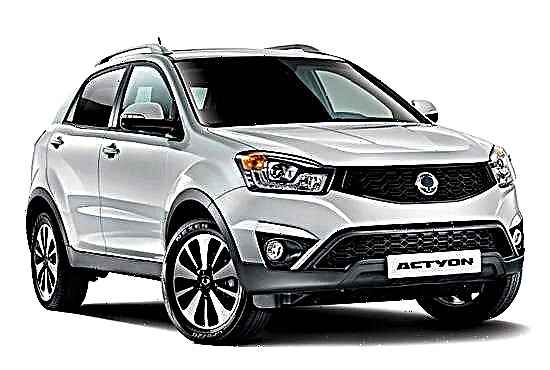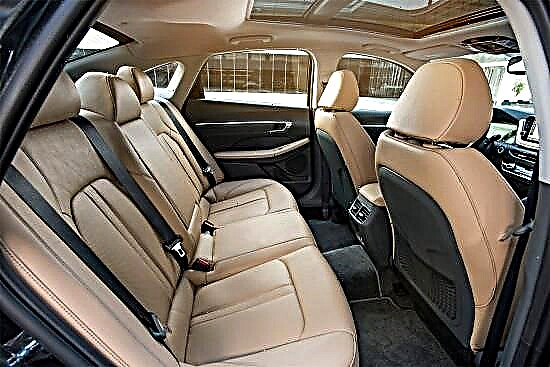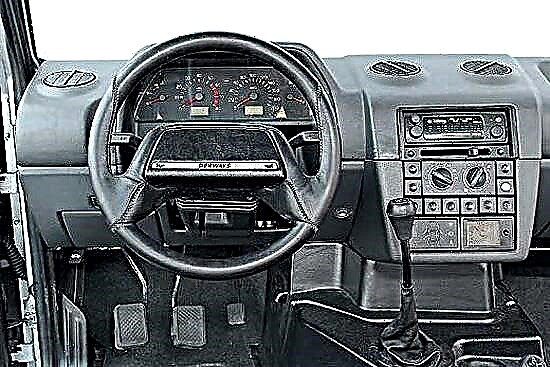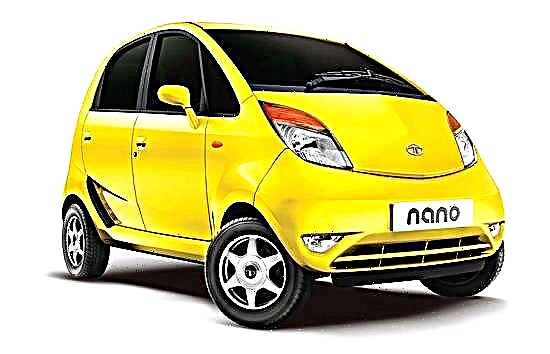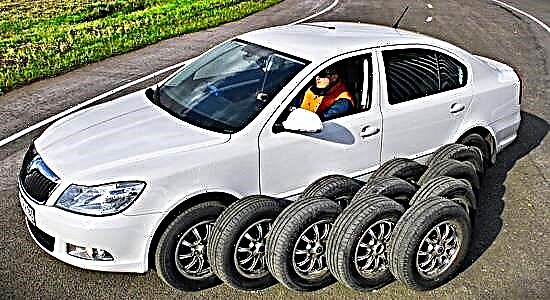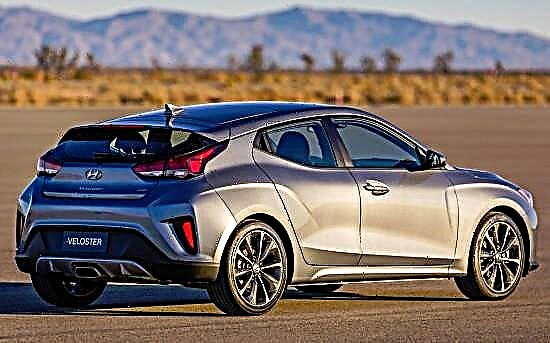Already at the time of launching the production of the "second Volga" (model GAZ-24) in Gorky, they began to think about its successor - a car that would become "better, bigger and more powerful", taking a place between the usual "consumer goods" and the overly exclusive "Chaika" ...
But, despite the fact that the development of the car started in the early 1970s, the decision on its final launch into the series was made only at the end of 1980. The first copies of the new sedan called GAZ-3102 were released in February 1981 - this event was then timed to coincide with the XXVI Congress of the CPSU and the half-century anniversary of GAZ itself. Well, the launch of its serial production took place only in the spring of 1982.
As a result, the GAZ-3102 "Volga" turned out to be a record-breaking passenger car for the duration of the "launch" ... For a quarter of a century, it was repeatedly modernized (and the improvements concerned not only the exterior, the "inner world" and the list of equipment, but also the structural part) ... The history of the three-volume vehicle lasted until 2009 (formally, production was completed in 2008, but the next year the last car was assembled - "on special order"), and its successor (de facto) was the Volga Siber.

Even by today's standards, the GAZ-3102 looks strictly, seriously and thoroughly, although it is difficult to find any design tricks in its appearance. The impressive size of the car body flaunts laconic outlines - square headlights, chrome "shield" of the radiator grill, monumental sidewalls, large strokes of wheel arches and wide rear optics almost on the entire stern. Well, the abundance of "shiny" elements add even more presentability to the exterior of the sedan.
With its dimensions, the Volga fully meets the D-class concepts by European standards: its length is 4735 mm, the wheelbase is extended by 2800 mm, and the width and height of the body extend by 1800 mm and 1490 mm, respectively. In "combat" form, the car weighs from 1500 to 1540 kg, depending on the version, and its ground clearance in this state does not exceed 152-156 mm.
The original interior of the "Volga" GAZ-3102 looks definitely "not poor", but very archaic (in terms of design, "not far away" from its predecessor - "GAZ 24-10"): a three-spoke steering wheel with a solid diameter and a "shapeless" rim, a dashboard with three dials, "sunk" in deep "wells", and a discreet center console. It has a radio tape recorder, a pair of ventilation deflectors, old-fashioned heater sliders and several buttons for auxiliary functions.

In the 1990s, the interior of the GAZ-3102 sedan significantly evolved - becoming fully consistent with the definition of a "respectable car" of that time.

Four-door "apartments" are made of pliable plastics, decorated with synthetic inserts-stickers "under a tree", and the seats are dressed in velor.
The front seats of the car are a wide profile, which is completely lacking in developed support on the sides, soft padding and sufficient adjustment intervals. On the second row there is a real expanse, and passengers are given a comfortable sofa with a central armrest, which, if necessary, "hides" in the backrest, and ashtrays.
The trunk of the GAZ-3102 "Volga" is more than impressive - 500 liters in the "stowed" state. But its shape is somewhat tricky, which clearly does not facilitate the transportation of large luggage, and the lion's share of the compartment is occupied by a huge spare wheel.
Specifications. The "third incarnation" sedan meets a wide variety of gasoline engines:
- The earliest "Volgas" have in the engine compartment four-cylinder "aspirated" 2.4-liter with an aluminum cylinder block, 8- or 16-valve configuration and a carburetor injection system, developing 81-100 horsepower and 167-182 Nm of torque.
- More "fresh" cars have in-line "fours" with a volume of 2.0-2.3 liters with 16 valves and distributed "power", the potential of which has 131-150 "horses" and 185-211 Nm of ultimate thrust.
The motors are equipped with 4- or 5-speed "manual" gearboxes and driving rear wheels.
Maximum, depending on the modification, the three-volume vehicle is capable of developing 130-180 km / h, rushing to conquer the second "hundred" after 13.5-22 seconds, and its fuel consumption does not exceed 10.3-15.5 liters per 100 km of track in the "city / highway" mode ...
GAZ-3102 "Volga" is based on a rear-wheel drive "bogie" - an all-metal body of a load-bearing type and a power unit in the longitudinal direction are installed on it.
At the front of the sedan, an independent spring-link suspension with hydraulic shock absorbers and a torsion bar stabilizer is used. On the rear axle, it uses a dependent system, suspended using semi-elliptical springs.
The four-door brake complex is represented by disc brakes at the front and drum mechanisms at the rear. The vehicle is equipped with a screw-ball-nut steering system with an integrated hydraulic booster.
In the case of the GAZ-3102 "Volga", as with its predecessors, the matter was not limited to the sedan alone - the car was presented in several additional modifications:
- GAZ-31022 - a five-door middle class station wagon with a five-seater cabin layout and a carrying capacity of 400 kg, which was produced from 1992 to 1996.

- GAZ-31013 - a special car (or, as they were popularly called - "catch-up" or "escort car), the production of which was carried out in small batches from 1985 to 1996 for the needs of the KGB (and then the FSB) and other special services. It is equipped with a 5.5-liter 220-horsepower V8 engine, a 3-band "automatic" and additional lights under the bumper.
- GAZ-3101T - version of the sedan, which was produced from 1995 to 1997 for the needs of the "special purpose garage", and was used to transport high-ranking officials. It differs from the base model with special light signals and a V-shaped "six" under the hood from Toyota, docked with an automatic transmission.
This sedan has a number of advantages: solid appearance, roomy interior, reliable design, moderately powerful engines, excellent ride and affordable content.
There are, of course, in his "asset" and negative aspects: high fuel consumption, weak dynamics, difficult handling, poor build quality, etc.
Prices. In the secondary market of Russia in 2017, GAZ-3102 "Volga" is found quite often, and you can buy such a car "on the go" at a price of 40-50 thousand rubles.



